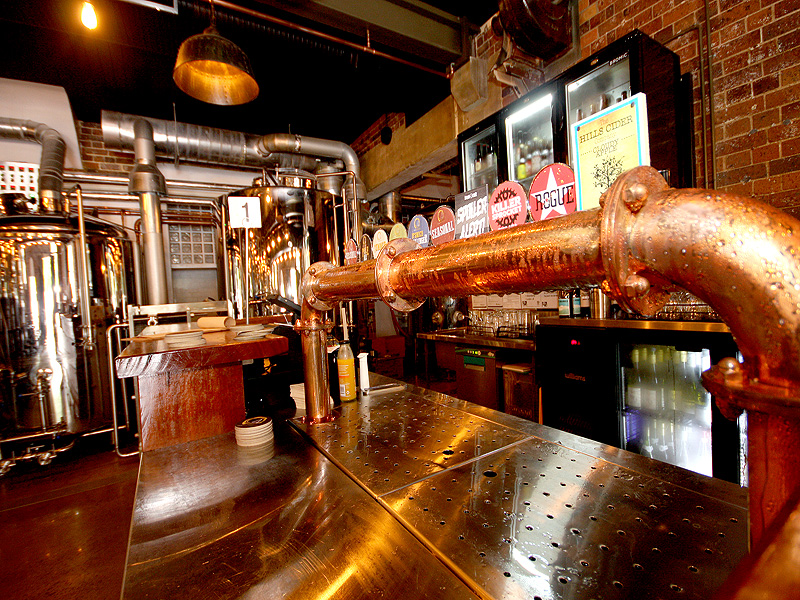Wade Curtis opened 4 Hearts Brewing and Pumpyard Bar and Brewery in Ipswich, Queensland, a few years ago. This week, he talks us through his experience and the logistics of setting up a brewpub.
In 2001 I travelled around the world and tried a whole heap of different beers, following my passion. About ten years later I finally launched my ideal concept of a commercial venue, 4 Hearts Brewing/Pumpyard Bar & Brewey in Ipswich, Queensland. The whole process took about 18 months.
A bit of a caveat, I’m not a long-term publican – I ran our venue for about three years. It’s a small venue, a 1200 L brewery and a 200 seat capacity. This is basically our experience, but I’ll give you a bit of an overview of setting up a brewpub.
Why a brewpub?
Craft beer has been growing for a number of years now, especially in Australia. The experience in the US and the UK is that there are a lot of craft brewpub chains. Some operators in the states have 50 brewpubs and they’ve got an individual brewery in each pub. It’s a huge market over there, and one that hasn’t really taken off too much in Australia – yet.
One of the big reasons that a lot of people initially look at it – and there’s a massive amount of caveats around this – but it is cheaper to produce your own beer in the grand scheme of things. I think the biggest thing that really works for the market, and for us, is creating a unique experience. We are in the CBD of Ipswich, where there was no other development going on at the time, and not a lot of entertainment options. We knew based on population statistics that that would appeal to the market. There was a lot of escaped expenditure that we could tap into. People want to engage with local products, they want to go somewhere where the guy that brewed the beer might pour them the beer, or they know that the people there are invested in it.
We also knew that as a brewpub we could create additional revenue. So we wholesale our beer to some venues in Brisbane. We also do tours, events, and sell merchandise like hats and t-shirts. It’s as much about the experience and differentiation, as it is about the beer and its process.
Tomorrow, we’ll delve into the planning and design that goes into creating a brewpub offering.

